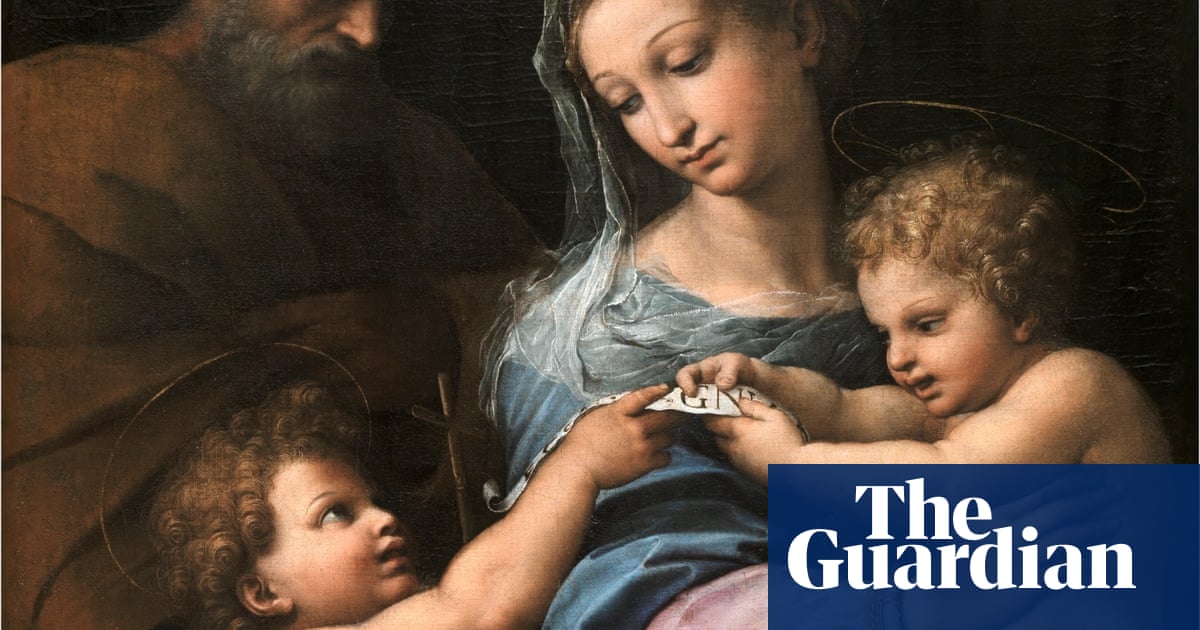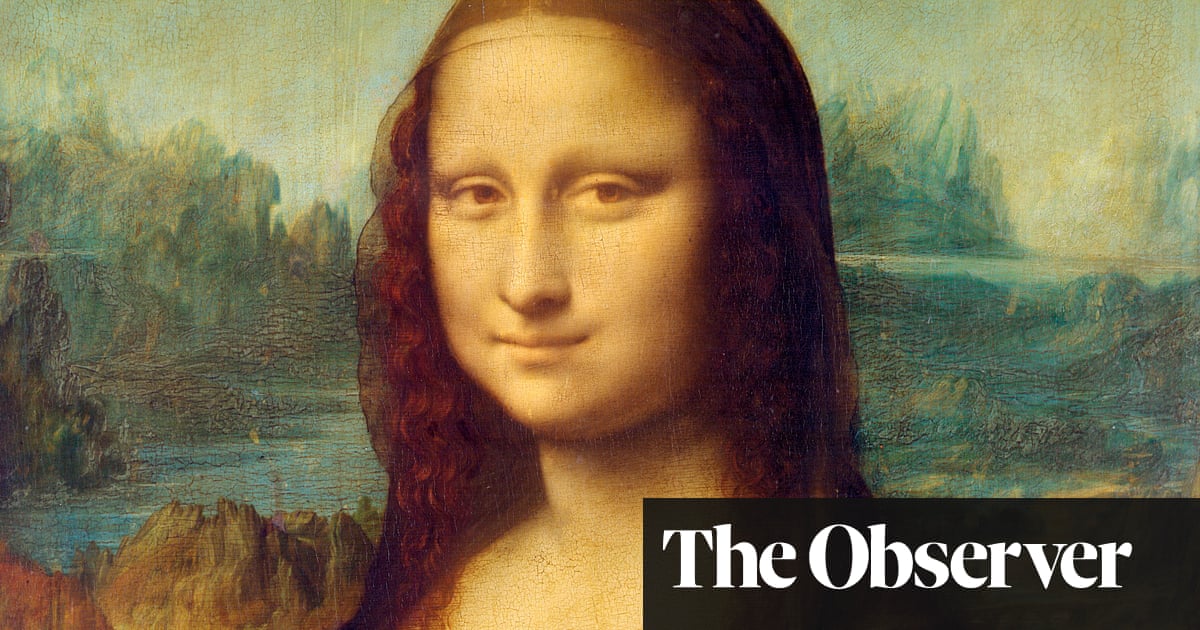
The mystery surrounding a longdebated Raphael masterpiece that hangs in the Prado, Madrid, may have been solved by an artificial intelligence algorithm developed in Bradford.
The Madonna della Rosa (Madonna of the Rose) has intrigued art connoisseurs and experts for centuries.
The painting depicts Mary, Joseph and the baby Jesus, with the infant John the Baptist. It is something of a showstopper and was regarded as being all the work of Raphael until doubts were raised in the 19th century.
Art historians argued it should also be attributed to his workshop. Some said the Joseph figure looked like an afterthought and could not possibly be by the hand of Raphael. Others thought the lower section, with the rose, was painted by someone else. In Spain, the painting has always been attributed to Raphael.
The painting has now been tested by AI developed by Hassan Ugail, professor of visual computing at the University of Bradford.
Its conclusion is that most of the painting is by Raphael but the face of Joseph is by a different hand. The lower portion is “most likely” by Raphael.
Ugail said the algorithm was developed after it looked in extraordinary detail at 49 uncontested works by Raphael and can, as a result, recognise authentic works by the artist with 98% accuracy.
“The computer is looking in very great detail at a painting,” said Ugail. “Not just the face, it is looking at all its parts and is learning about colour palette, the hues, the tonal values and the brushstrokes. It understands the painting in an almost microscopic way, it is learning all the key characteristics of Raphael’s hand.”
In the case of the Madonna, the initial testing showed that it was 60% by Raphael. The computer then looked at the painting by section and concluded that it was the face of Joseph that was not by Raphael.
The finding is part of a new paper published on Thursday in the Heritage Science journal.
Howell Edwards, emeritus professor of molecular spectroscopy at Bradford, and a co-author of the paper, said: “The AI program analysis of our work has demonstrated conclusively that whereas the three figures of the Madonna, [Jesus] and St John the Baptist are unequivocally by Raphael, that of St Joseph is not, and has been painted by someone else.”
The researchers also tested another debated painting known as the Haddo Madonna which hangs in Haddo House, Aberdeenshire.
It was bought as a genuine Raphael in the 19th century by George Gordon, the 4th Earl of Aberdeen, who was prime minister from 1852–55. It was later attributed to a minor artist, Innocenza da Imola.
In 2016, the art historian Bendor Grosvenor claimed on the BBC’s Britain’s Lost Masterpieces that it was Raphael. Experts at the National Gallery later said that was unlikely.
AI has sided with Grosvenor, concluding it is most likely a work by Raphael.
Previously, Ugail has used AI-assisted computer-based facial recognition on a painting known as the de Brécy Tondo, which bears a resemblance to Raphael’s Sistine Madonna. The computer determined that it was a work by Raphael.
Ugail cheerfully admits that he knows “nothing about art”, and that the reception to his work from art historians can be frosty.
“I think there is fear and they also think we are naive, that we don’t know what we are doing,” he said.
But Ugail thinks the art historians will eventually be won over and see AI as an extra way of authenticating great art. He stressed that he does not believe AI will replace humans.
“The process of authenticating a work of involves looking at many aspects … its provenance, pigments, condition of the work and so on. This sort of software can be used as one tool to assist in the process.”












